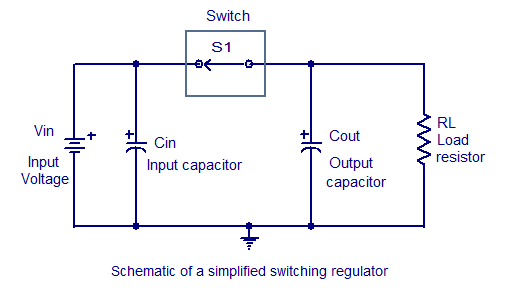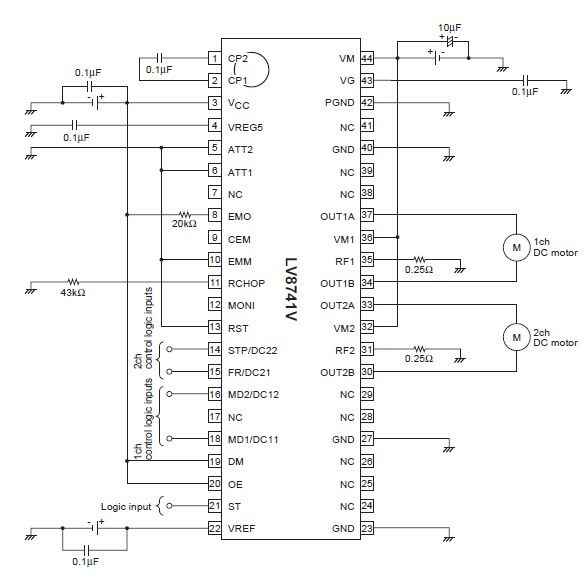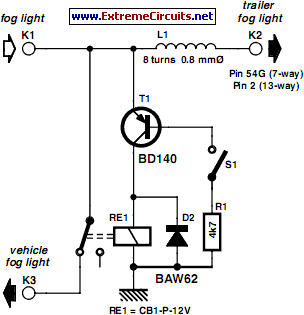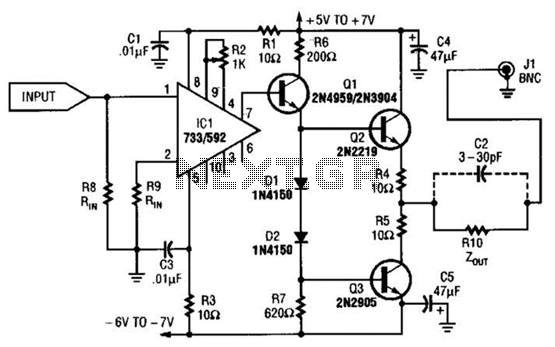
swr metering circuit and ssb transceiver 80m 40m boster filter if radio
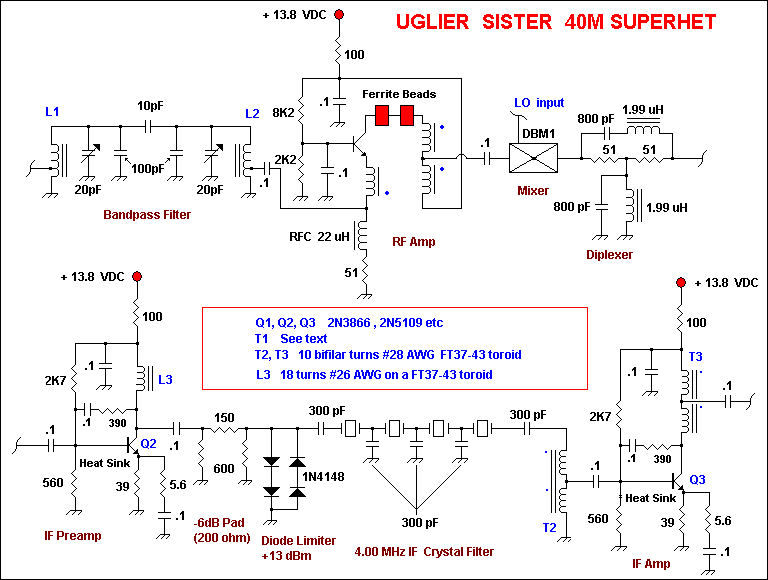
A schematic diagram for a broadband QRP SWR metering circuit intended for use in a QRP antenna tuner. The circuit allows the user to press a momentary DPDT switch to observe an LED indicator while adjusting the capacitors of the antenna tuner for minimum or zero light.
The broadband QRP SWR (Standing Wave Ratio) metering circuit serves as an essential tool for amateur radio operators using low-power (QRP) transmitters. This circuit is designed to provide real-time feedback on the impedance matching between the antenna and the transmitter, which is crucial for efficient operation and to prevent damage to the transmitter.
The schematic includes a momentary double-pole double-throw (DPDT) switch that, when pressed, activates the SWR measurement process. The LED indicator is used to visually represent the SWR level: a dim LED indicates a good match (minimum SWR), while a bright LED signals a poor match (high SWR). This feedback allows operators to fine-tune the antenna tuner by adjusting its capacitors.
Key components of the circuit may include resistors, capacitors, and diodes configured to form a voltage divider that translates the RF power levels into a readable format for the LED. The design should ensure that the circuit operates across a broad frequency range, accommodating various amateur radio bands. Additionally, attention must be paid to component ratings to handle the power levels typical in QRP operations without distortion or damage.
Overall, this broadband QRP SWR metering circuit is a valuable addition to any QRP antenna tuner, providing a simple yet effective means of optimizing antenna performance.A schematic diagram for a broadband QRP SWR metering circuit for use in a QRP antenna tuner. One could simply hold a momentary DPDT switch down and watch the LED while tuning the capacitors of the antenna tuner for minimum or zero light. 🔗 External reference
The broadband QRP SWR (Standing Wave Ratio) metering circuit serves as an essential tool for amateur radio operators using low-power (QRP) transmitters. This circuit is designed to provide real-time feedback on the impedance matching between the antenna and the transmitter, which is crucial for efficient operation and to prevent damage to the transmitter.
The schematic includes a momentary double-pole double-throw (DPDT) switch that, when pressed, activates the SWR measurement process. The LED indicator is used to visually represent the SWR level: a dim LED indicates a good match (minimum SWR), while a bright LED signals a poor match (high SWR). This feedback allows operators to fine-tune the antenna tuner by adjusting its capacitors.
Key components of the circuit may include resistors, capacitors, and diodes configured to form a voltage divider that translates the RF power levels into a readable format for the LED. The design should ensure that the circuit operates across a broad frequency range, accommodating various amateur radio bands. Additionally, attention must be paid to component ratings to handle the power levels typical in QRP operations without distortion or damage.
Overall, this broadband QRP SWR metering circuit is a valuable addition to any QRP antenna tuner, providing a simple yet effective means of optimizing antenna performance.A schematic diagram for a broadband QRP SWR metering circuit for use in a QRP antenna tuner. One could simply hold a momentary DPDT switch down and watch the LED while tuning the capacitors of the antenna tuner for minimum or zero light. 🔗 External reference

